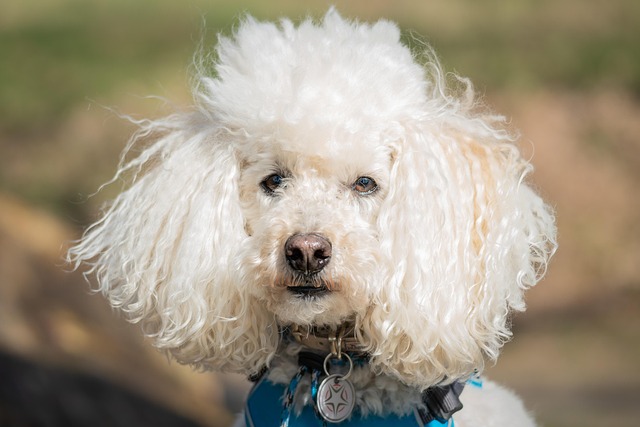
what do i need to dog sit
Agreeing to dog sit for a neighbor or friend can feel exciting—until you realize you’re not sure what supplies or steps you actually need.
If you’re new to dog parenting, you’ve probably had that panicky moment mid-walk: your pup starts panting heavily, slowing down, or even lying down in the shade on a 75°F day. Last summer, my friend Jake learned this the hard way—his 1-year-old golden retriever, Cooper, collapsed during their usual trail hike. The vet later explained: dogs cool down through panting, which uses up moisture fast, and even mild dehydration can cause lethargy or heat exhaustion, especially in active breeds like huskies or boxers. Bringing water isn’t just kind; it’s essential for their safety.
Here’s why timing matters. Unlike humans, dogs don’t sweat—their bodies rely on rapid breathing to release heat, which depletes hydration quickly. Dr. Patel, a vet in Austin, notes: “A 30-minute walk in 80°F weather can make a 50-pound dog lose over a cup of water, and senior dogs or brachycephalic breeds (think bulldogs) are even more at risk.” You’ll notice signs: excessive panting, dry nose, or reluctance to play. My own rescue terrier, Milo, starts pawing at my leg when he’s thirsty—a signal I learned to recognize after our first too-long walk without water.
So what’s the best way to carry it? Skip the bulky water bottles—invest in a lightweight, collapsible silicone bowl that fits in your pocket or attaches to your leash. Brands like Kurgo make ones that fold flat, perfect for apartment dwellers short on space. When offering water, pour just a little at a time—dogs can choke if they gulp too fast. If your pup is hesitant, dip your finger in the water and let them lick it, then praise them softly and offer a tiny treat. That’s positive reinforcement—building trust so they’ll drink willingly on future walks. Never force their head down; fear of the bowl will make hydration a battle.

Staying compliant matters too. Before heading out, double-check that their rabies tag is on their collar—most states require visible proof of vaccination, and parks in cities like Denver or Seattle often enforce this. While you’re packing water, don’t forget the poop bags—leaving waste behind isn’t just rude; it’s illegal in most communities and spreads disease. If you’re walking in an apartment complex, be mindful of where you offer water: avoid spilling on lobby floors, and wipe up any mess to keep neighbors happy—good dog etiquette keeps communities pet-friendly.
For apartment dwellers, prep your gear the night before: set your collapsible bowl, water bottle, and poop bags by the door so you never forget. During walks, watch for shaded spots to offer water—pavement gets hot, and a cool break makes hydration more appealing. Remember, every dog is different: my neighbor’s Shih Tzu sips every 10 minutes, while my cousin’s border collie drinks only after running around. Pay attention to their cues, stay patient with positive reinforcement, and you’ll both enjoy walks more—hydrated, happy, and community-compliant.

Agreeing to dog sit for a neighbor or friend can feel exciting—until you realize you’re not sure what supplies or steps you actually need.

Walking into a pet store for the first time can feel like navigating a maze—endless aisles of toys, beds, and gadgets make it hard to tell what’s a “nice-to-have”

If you’ve grabbed a bag of “regular” puppy food for your new Shih Tzu or Mini Poodle puppy, you might be wondering if it’s really up to the task.

Chihuahuas’ tiny size often tricks people into thinking they’re low-effort pets, but the truth is their care leans into specific needs rather than constant work.

If you’ve ever flipped over a store-bought dog treat bag and squinted at the long list of unpronounceable ingredients, you’re not alone.

If your vet mentioned your dog needs to shed a few pounds—maybe your golden retriever is struggling to climb stairs, or your corgi’s waistline has disappeared